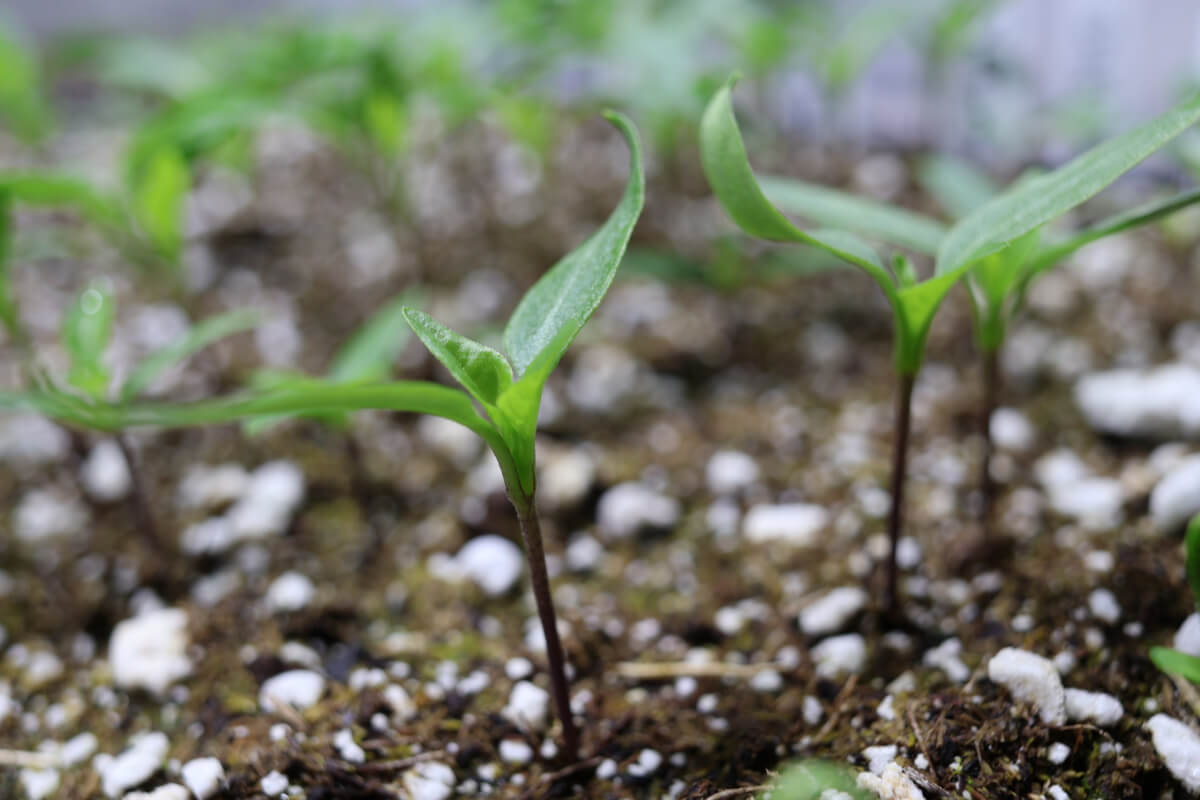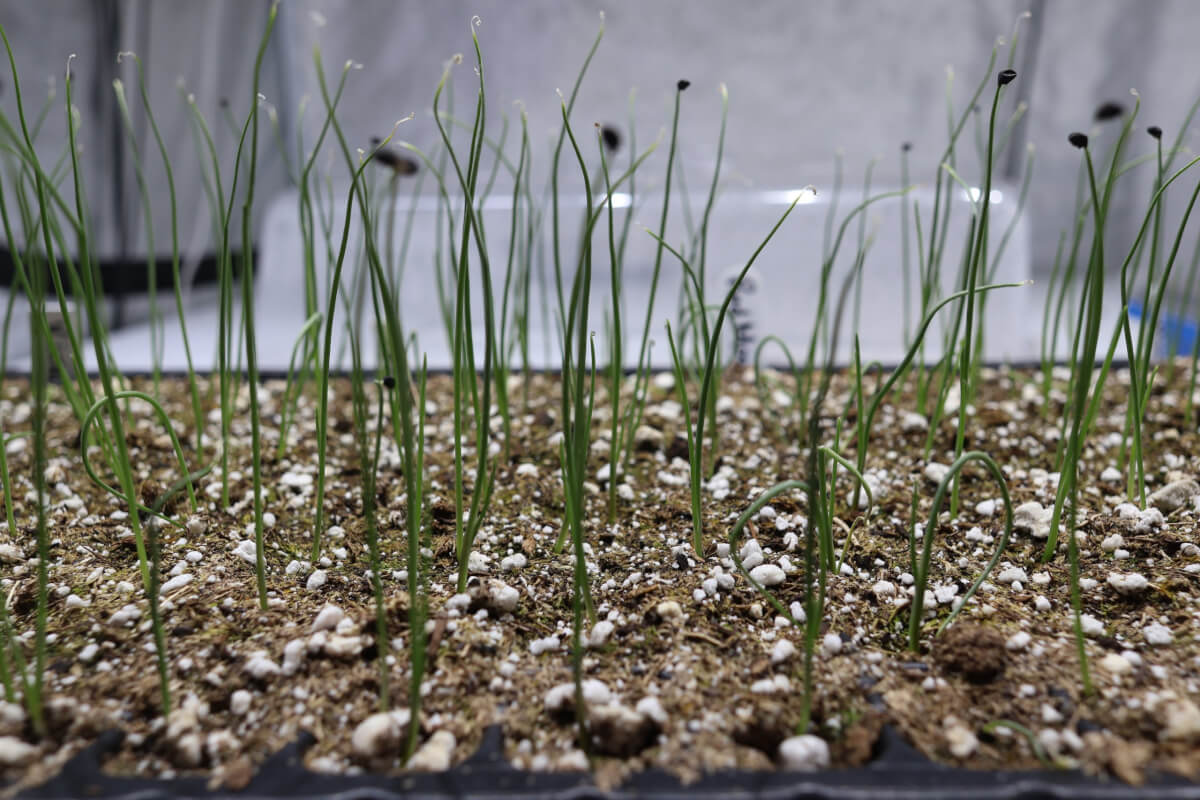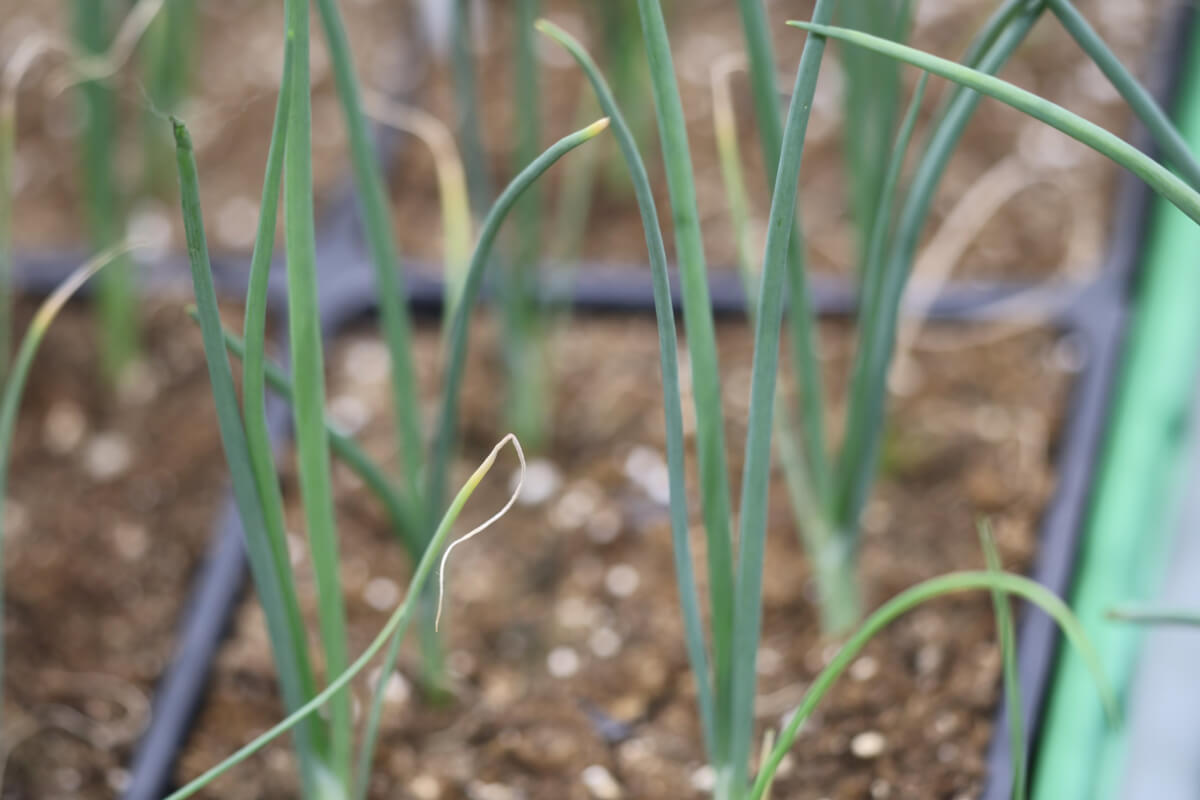We’ve never actually talked about this topic before, so we’re going to venture into a Frosty Garden first! This topic might seem “simple” but there’s a lot of room for deeper understanding. It’ll shine light for the grower that’s growing their first plants from seed, but there’s also a lot of room for experienced gardeners to learn a thing! And that’s what “first true leaves” actually means.
Inevitably, you’ll encounter growing information that references those first true leaves. Sometimes you might see iterations of that, like second, third or fourth sets of leaves. You’ll see this information in reference to transplanting into larger containers, plant manipulation (e.g. topping) and other topics that reference the various stages of a seedling’s growth.
When a seed first germinates, the initial greenery you see is called a cotyledon. This is the initial point where the seed starts shifting from its own internal energy provided by the seed to actual photosynthesis. They are technically leaves, but not the first “true” leaves. The seed inherently contains enough energy to produce this cotyledon and also begin on the next stages of life, or what gardeners refer to as the first true leaves.
But, you see, plants aren’t that simple and even this “simplified” explanation is a diverse topic that requires further explanation. Depending on the plant you’re growing, there’s two possible paths of cotyledon that can develop!
These are monocots and dicots. More “scientifically” and previously introduced in terminology, these are referred to as monocotyledons and dicotyledons. We don’t have to be biologists to understand this means “one” and “two” respectively and they’re talking about the number of leaves on the initial cotyledon. Some plants have two initial cotyledons (e.g. peppers, tomatoes, cabbage, broccoli, beans, etc.) and some only have have one (e.g. onions, leeks, garlic, asparagus, corn, etc.) You’ll always observe either one or two of these cotyledons on initial seed germination, depending on the plant you’re growing! And that tells you a lot about the plant!
This initial divergence dictates practically everything about how the plant will grow. Things such as the number of leaves per petal, the number of stamens it will produce, the type of roots (e.g woody vs. herbaceous) and also whether it branches in parallel form vs. branch form. These characteristics are all pre-decided by this initial cotyledon observation. (And no, we’re not even going to touch on how that’s not “always” true!)
But, let’s get back to first true leaves. This is the first step past the cotyledon and it can be observed in both monocots and dicots. In the monocot, you’ll see what’s called parallel leaf formation. Another leaf will essentially “sheathe” the initial cotyledon and this process will (usually) continue throughout the plant’s lifecycle. You can clearly observe this with onions, leek and garlic as good examples. In the dicot, you’ll see a leaf emerge that will eventually become a horizontal branch on the plant. In our experience, most commonly grown garden plants are dicots and this is the most common of the two cotyledons to observe.
We aren’t biologists here at Frosty Garden. But, our “experiential” approach to social gardening motivates us to break down the simplified language of gardeners into actual fact and real understanding. And something as simple as “first true leaves” means much, but at the same time, requires deeper understanding to reach actual definition. We hope you find our efforts to pursue such things as helpful, engaging and also entertaining!





